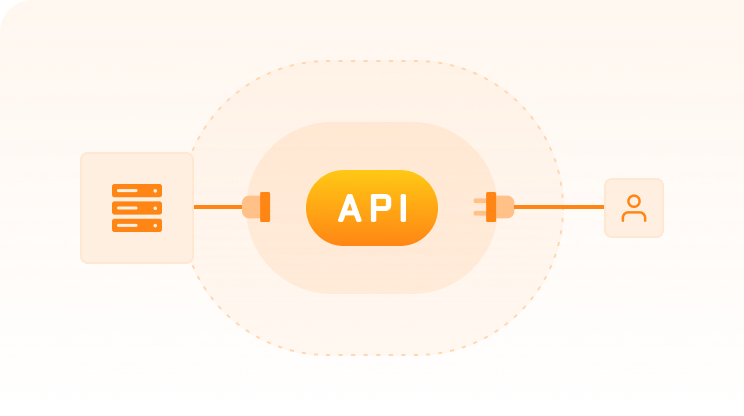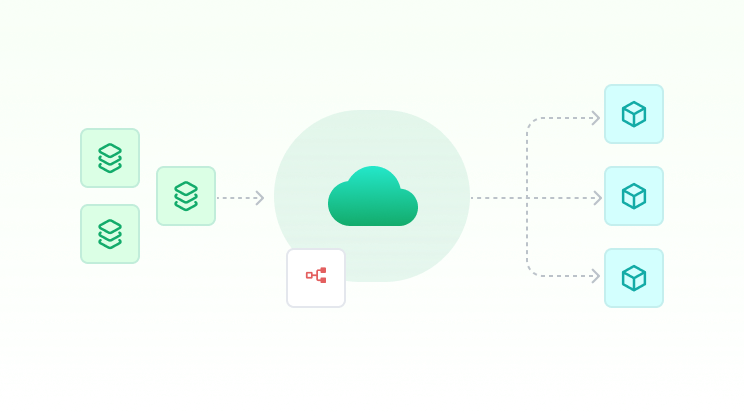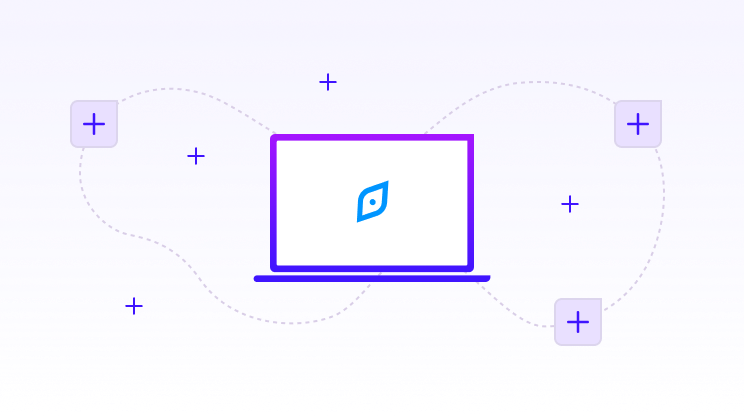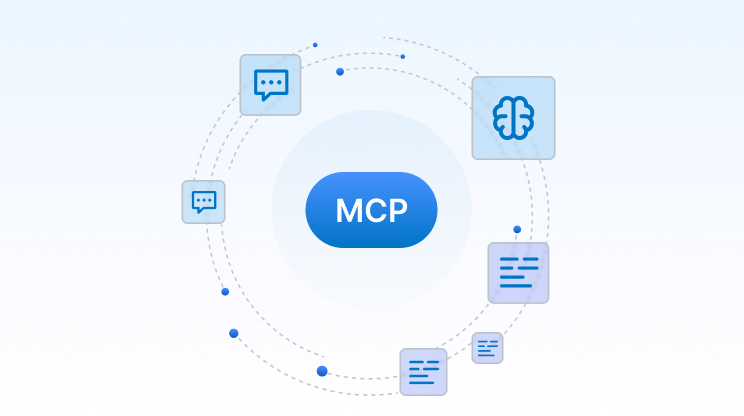Transform Static Job Roles Into Dynamic Skills Architectures
Predictive Skills Architecture
Spot sunrise and sunset skills early. Know exactly when to build internally, buy externally, or borrow through contingent workforce. Push verified, market-tested skill data directly into Workday, SuccessFactors, Oracle or any other HRIS/HCMS.
By filling up this form, you agree to allow Draup to share this data with our affiliates, subsidiaries and third parties
























Skills Are Evolving Faster Than Organizations
Shrinking Skill Half-Life
Skills now evolve faster than organizations can retrain, leaving teams chasing yesterday’s capabilities.
Slower Planning Cycles
Outdated job architectures and annual refresh cycles can’t keep pace with real-time market evolution.
Skill–Role Misalignment
Evolving workloads outgrow legacy role definitions, creating mismatches between talent, tasks, and training.
Asymmetric Functional Disruption
AI and automation reshape functions unevenly, creating blind spots in which skills to grow, redeploy, or retire.

Our Approach: Predictive, Market-Calibrated Skills Architecture
Draup’s Predictive Skills Architecture continuously maps your job roles to the evolving external labor market.

Ingest and Consolidate Job Architecture Data
Bring information about all jobs in one place and map into a job architecture: Job family -> Job family Level -> Job Profile -> Role/Title. Define salary bands for every level or at a capability level.

Deconstruct Roles into tasks and skills
Draup unifies internal role data, breaks every job role into its core workloads, functional tasks, and underlying skills - root, core, soft, and technical, creating a transparent skills architecture aligned to real work.

Skill Signal Detection
Draup’s AI scans millions of live labor market signals -job postings, project data, patents, and learning content to identify emerging and declining skills by role, function, and region.

Map sunrise and sunset skills
Dynamic algorithms flag which skills are rising (sunrise) or fading (sunset), with confidence scores tied to real-time demand and adjacent career paths.
Turning Skill Intelligence into Strategy
Peer benchmarking
Scrape job postings to understand skills mix and trends required for each role as compared to peers and Emerging vs traditional skills.
Market-Calibrated Reskilling & Benchmarking
Prioritize upskilling and redeployment based on external demand, and benchmark your skill mix against peers.
Career Mapping
How to prep current team for new age skills? How to reskill them to a new role. Reskilling propensity index
Dynamic Job Architecture for Future Readiness
Continuously redesign job frameworks with live market calibration, keeping roles, skills, and levels aligned with evolving work realities.
Levelling benchmarking
What do your peers do in terms of leveling and how do you stack up against them?
Outcomes for HR & TA Leaders
Draup gives you data-rich, insight-packed, actionable workforce plans.
.svg)
.svg)
.svg)
.svg)
.svg)
The Draup Advantage
Granular Search
Zero in on the perfect candidate with 30+ filters across
- Capabilities (Core Skills, Workloads)
- Experience (Years in Role, Past Companies)
- Diversity (Ethnicity, Gender, Veterans)
- Accomplishments (Patents, Publications)
Flexible Querying
Search your way,
from simple to complex
- Natural Language: “Find female data scientists in San Francisco”
- Complex Boolean: Build multi-layered queries with AND, OR, NOT
- Filter-Specific Search: Target exact fields for ultimate precision
- Skills & Adjacency Search: Go beyond titles. Search by core, adjacent, and emerging skills
.svg)
Candidate Insights
See the whole person,
not just the resume
- Verified talent profiles enriched with skills, experience, and academic/professional credentials.
- De-duplicated, ghost-free data enhanced with digital footprints like GitHub repos, publications, and patents.
- Actionable insights including project history and job-change likelihood for smarter hiring decisions.
Enterprises do extraordinary things with Draup
Powered by unparalleled global labor & market data

.svg)

.svg)




.svg)


Impactful insights, delivered real-time
Access insights via API, custom data feeds, the Draup platform or using MCP
APIs & Integrations
Best for
Embedding live insights in workflows without storing data
- Native integrations with 33+ HCM, HRIS, ATS and more, like Workday, SAP Successfactors, etc.
- Real-time access to critical data
- Enhanced security and data Integrity
- Efficient API performance with flexible limits
Custom Data Feed
Best for
Analytics at scale & joining Draup with internal data
- Highly customizable feeds for workflow needs
- Scheduled pushes to data lakes/warehouses (S3, ADLS, BigQuery, SFTP)
- Scalable use cases with the data
- Integrates with internal data assets for co-pilots/agents
Draup Platform
Best for
Fastest time-to-value,
no build required
- Ready-to-use UI with 200+ productized use cases & workflows
- Leverage visualizations & workflows to drive seller action with no overhead
- Enterprise controls: SSO, RBAC, governance
- Integrates UI & functionality into CRM apps
Model Context Protocol
Best for
Real-time Al workflows & LLM applications
- Native integration with Claude, OpenAl, and MCP-compatible Al tools
- Zero ETL, models query live data without pipelines or reindexing
- Governed access with token-based scopes, Pll masking, and audit trails
- Grounded, real-time data prevents LLMs from generating outdated or inaccurate insight

Our Impact Stories
Analyst-Backed. Industry-Validated.
Frequently Asked Questions
What is Predictive Skills Architecture?

Predictive Skills Architecture is Draup’s dynamic framework that maps every job role to its underlying workloads, tasks, and skills and continuously updates these insights with live labor data. It helps organizations forecast which skills are emerging (“sunrise”) and which are declining (“sunset”), enabling proactive workforce planning.
How is it different from a traditional skills taxonomy?

Traditional taxonomies are static and inward-looking. Draup’s framework combines internal job data with external market intelligence across 850M+ profiles and 1B+ job descriptions to continuously calibrate skill relevance, proficiency levels, and adjacencies.
What are Sunrise and Sunset Skills?

“Sunrise” skills are those rapidly growing in demand across industries and roles, while “Sunset” skills are declining in usage or value. Draup identifies these shifts early using AI models trained on peer hiring, job transitions, and learning trends.
How does Draup identify and validate emerging skills?

Draup blends large-scale machine learning with human validation. Skills are extracted from live job postings, projects, and professional data, then verified by analysts and benchmarked against official labor statistics and peer movements.
Can this integrate with our HR systems or L&D platforms?

Yes. Draup integrates seamlessly with HRIS, ATS, and learning systems such as Workday, SAP SuccessFactors, and Cornerstone via APIs or custom data feeds embedding skill intelligence directly into your workflows.
How often is the skills data updated?

Continuously. Draup refreshes its data ecosystem weekly with new job postings, peer hiring patterns, and learning signals keeping your workforce plans aligned with real-time market shifts.
What use cases can Predictive Skills Architecture support?

It powers skills-based workforce planning, reskilling and mobility programs, job redesign, capability benchmarking, and strategic hiring enabling organizations to move from reactive to predictive talent decisions.
How does Draup ensure explainability and bias control?

Every AI output is traceable and auditable. Draup follows NIST AI RMF and EAIGG standards, with bias checks, lineage tracking, and human-in-the-loop review to ensure transparent, defensible decisions.
How does Predictive Skills Architecture connect to work redesign?

By modeling roles at the task level, Draup pinpoints which tasks shift to automation, partners, or new roles enabling sequenced work redesign and workload rebalancing tied to measurable outcomes.
Can it prioritize hire vs. reskill vs. redeploy decisions?

Yes. The framework scores each path using impact, effort, and time to productivity, recommending the optimal route per role/region and providing reason coded tradeoffs for leaders.
How does it improve internal mobility and career pathing?

It maps near‑match routes using skill adjacencies and proficiency gaps, then generates targeted learning paths and on the job task rotations to accelerate internal moves with confidence.
What does a 30/60/90 rollout look like?

30: ingest roles and generate top reskilling routes; 60: calibrate adjacencies and regional plans; 90: embed next‑best actions into HRIS/LMS/ATS and track KPI lift (time‑to‑productivity, mobility, fill rate).











.svg)
































%20(1).webp)
.webp)









.svg)
